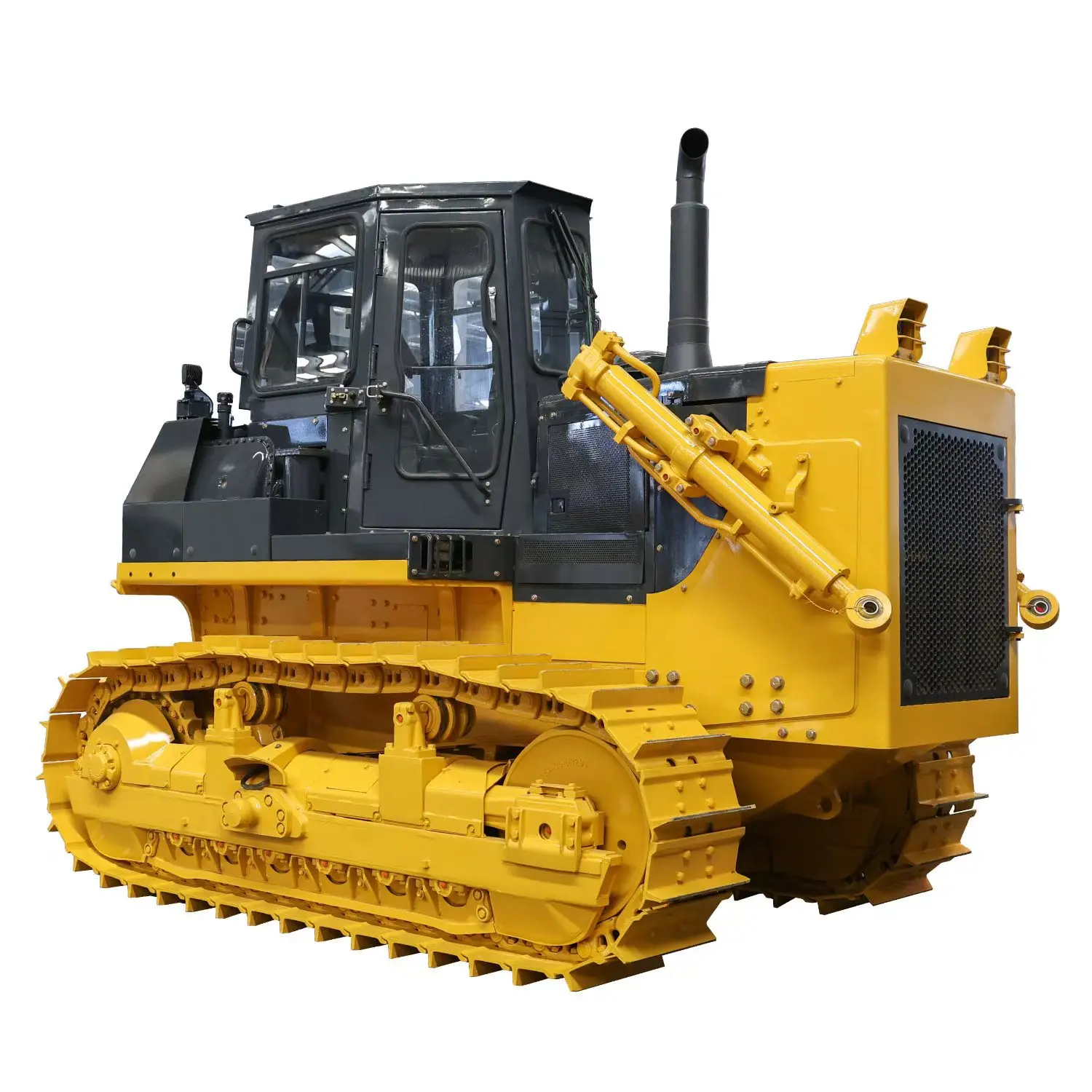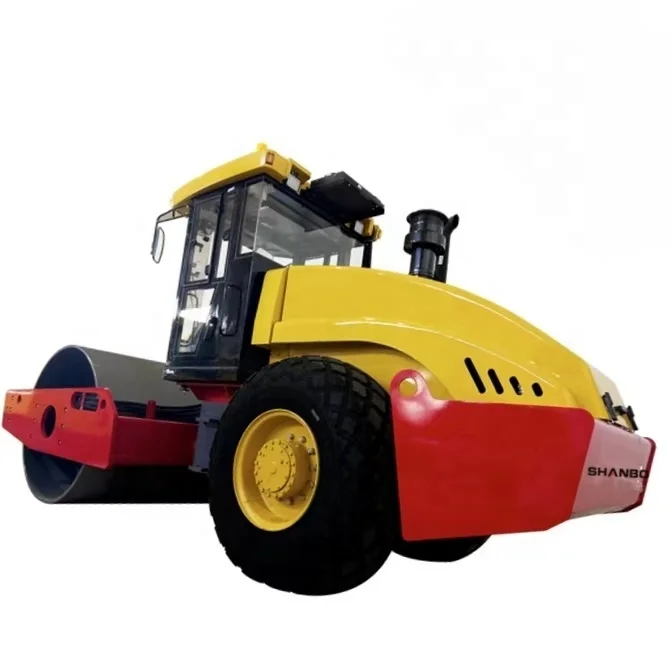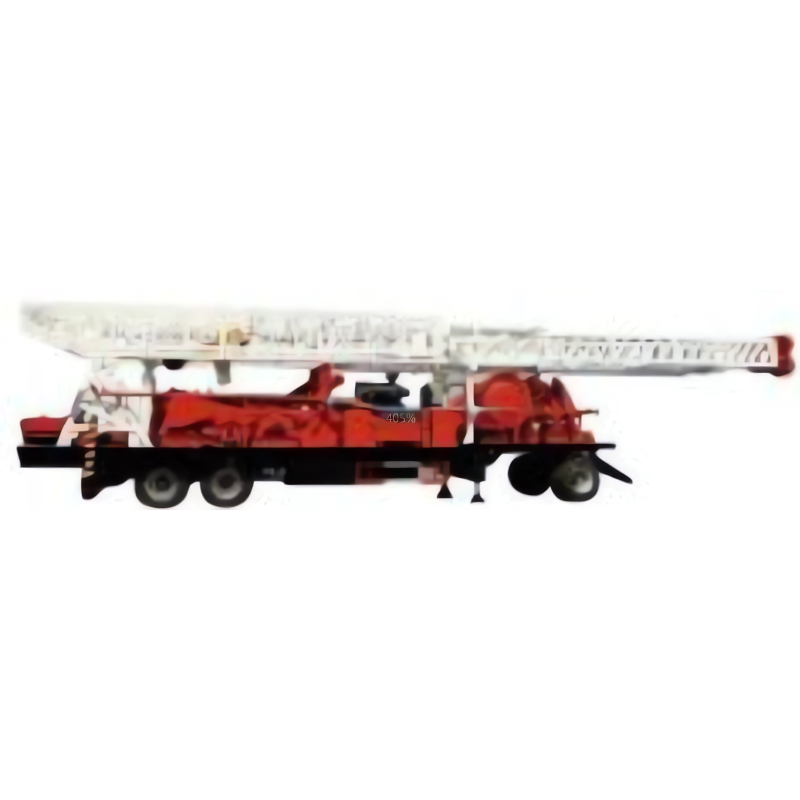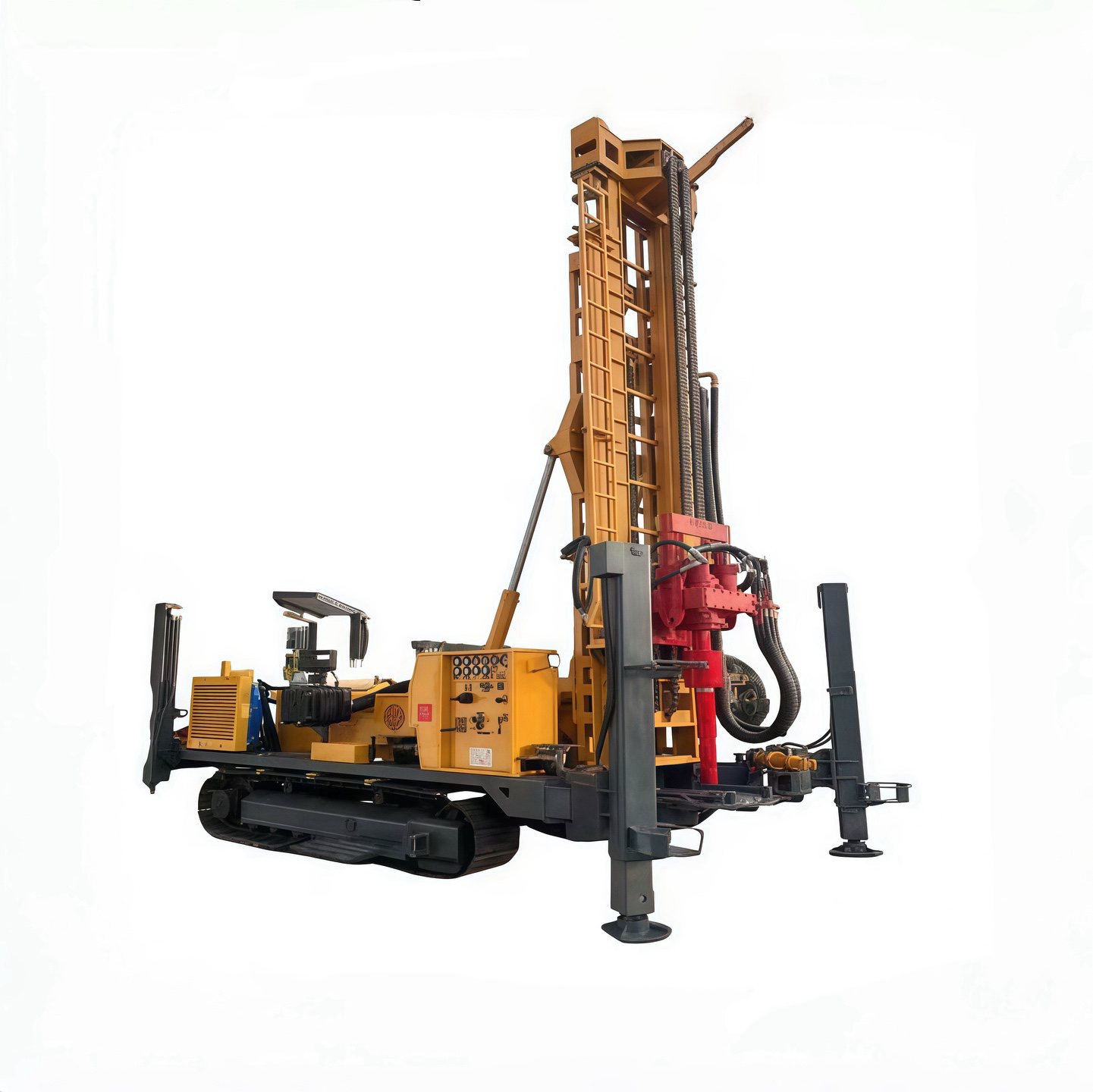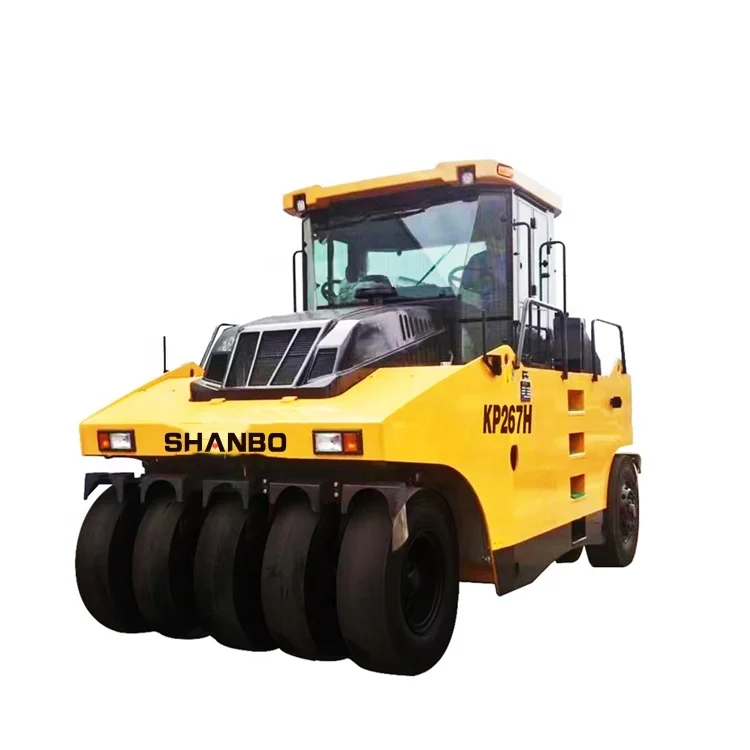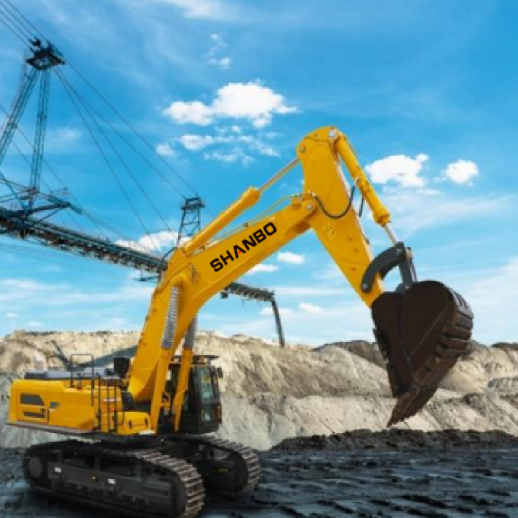Understanding Bulldozer Cost: A Comprehensive Guide
Key Factors Influencing Bulldozer Cost
Machine Size and Horsepower Requirements
The size of a bulldozer significantly affects its cost. Larger bulldozers have more horsepower and are generally more expensive. This increase in price is linked to the enhanced capability and power that larger bulldozers offer, allowing them to handle more demanding tasks.
When looking at bulldozers, knowing how horsepower relates to actual performance matters a lot for anyone buying equipment. This understanding lets people figure out what kind of power they really need for their particular jobs, which saves headaches down the road when things get tough on site. Most bulldozers with over 200 HP tend to come with higher price tags because they pack more punch for heavy duty work. Smart buyers should match the engine strength to exactly what their project requires though. Spending extra on something bigger than needed just eats into profits without delivering better results. Getting the right balance between what the machine can do and what it costs upfront makes all the difference in getting good return on investment over time.
Track Type: Crawler vs Wheeled Bulldozers
Choosing between tracked and wheeled bulldozers really comes down to what kind of work needs doing. Crawler models are built tough for those rocky or muddy job sites where regular machines would just get stuck. They do come with a bigger price tag upfront because of all that heavy duty engineering. On the flip side, wheeled bulldozers zip around much faster on smooth ground, saving money over time when conditions cooperate. But don't try pushing them through thick underbrush or steep slopes without expecting problems. Most contractors find themselves picking based on terrain first, then budget concerns second.
Therefore, the decision between crawler and wheeled bulldozers should depend on project-specific requirements, particularly the terrain. Understanding whether the project will face tough terrains or flatter surfaces is crucial in making a cost-effective purchase decision.
Specialized Attachments and Their Impact
Adding specialized attachments to bulldozers really boosts what they can do on site, though it does add to the bottom line. Things like blades, rakes, and those big grabbing arms called grapples let operators tackle jobs far beyond basic earth moving. These extras should definitely be factored into any equipment budget because they're not cheap investments. But when looking at the bigger picture, spending money upfront on good attachments often pays off in the long run by getting more work done without needing extra machines.
Statistics indicate that over 70% of bulldozer users tailor their machines with specialized attachments, highlighting the importance of considering these costs in the total budget. Therefore, factoring in the price of essential attachments is vital for those looking to optimize their bulldozer's performance and project effectiveness.
Understanding Bulldozer Types and Their Costs
Crawler Bulldozers: Heavy-Duty Earthmoving Solutions
Crawler bulldozers are the workhorses of the construction world, designed for challenging terrain and heavy-duty tasks. Their robust design makes them ideal for projects requiring substantial earthmoving capabilities. Consequently, the prices of these machines start higher than wheeled bulldozers, with new models typically ranging from $250,000 to $500,000.
This pricing is influenced by factors such as brand, specifications, and available options, which underscore the importance of assessing crawler bulldozer costs while considering the long-term benefits they offer in achieving project efficiencies.
Compact Dozers for Small-Scale Projects
Compact dozers cater to smaller projects with precision and efficiency. Their design is tailored for urban construction and lighter tasks, proving economical for contractors with limited budgets. At a price range of $30,000 to $100,000, compact bulldozers are a cost-effective solution for small to medium-sized jobs.
Their versatility makes them the equipment of choice for residential and small business projects, signifying a market shift towards compact bulldozer solutions that balance performance with affordability.
Military-Grade Tracked Bulldozer Specifications
Military-grade tracked bulldozers are engineered to meet rigorous specifications suitable for combat and disaster recovery operations. Their specialized features, including armor and advanced equipment, contribute to a higher price bracket, ranging from $450,000 to $800,000.
While their robust build ensures adherence to military standards, these costs reflect the investment required for equipment designed to operate in severe conditions. Critical consideration of operational needs and financial capacities is crucial when evaluating tracked bulldozer costs for military-grade applications.
Differentiating Features of Agricultural vs Construction Models
Bulldozers come in two main flavors really agricultural ones and construction models, and they're built for totally different jobs. The farm versions get used all the time for tilling soil and getting fields ready for planting. Their blades are shaped differently from regular construction machines, and the engines tend to be tuned for the kind of work farmers actually do day after day. Construction bulldozers tell a different story altogether. These bad boys handle rough terrain when clearing sites or leveling ground for buildings. They cost more upfront because of reinforced parts needed to take on tougher conditions, plus special attachments for breaking through rocks and roots that just wouldn't fly on a standard agricultural machine.
Recognizing these differences allows buyers to align purchases with their project objectives and budget constraints, ensuring the procurement of bulldozers that deliver optimal value for intended applications.
Cost Analysis by Bulldozer Size Category
Small Bulldozer Pricing (Under 50 HP)
Small bulldozers, typically priced between $20,000 and $50,000, offer a cost-effective solution for contractors seeking lightweight earthmoving machinery. These compact machines are particularly popular in landscaping and residential construction projects due to their precision and ease of transport.
Notably, the market for small bulldozers has witnessed a growth of 15% over the past few years, reflecting a steadily increasing demand for these versatile machines. Their affordability and functional adaptability in smaller-scale environments underscore their rising appeal among contractors and builders focused on achieving efficiency within budget constraints.
Mid-Range Dozers for Commercial Use (50-200 HP)
Mid-range bulldozers, priced between $50,000 and $150,000, provide a balanced mix of power and affordability, making them a favored choice for commercial contractors. These machines are capable of efficiently handling medium-sized tasks like grading and site preparation, contributing to their widespread acceptance in various commercial settings.
A comprehensive cost analysis reveals that utilizing mid-range dozers can save contractors up to 30% in operational costs over time in comparison to entry-level options. This combination of capability and cost-effectiveness positions mid-range bulldozers as ideal investments for projects requiring substantial yet financially prudent earthmoving solutions.
Large Mining/Civil Engineering Bulldozers
Big bulldozers meant for mining operations or major infrastructure work typically set buyers back anywhere between 200k and well over a million bucks. The price tag makes sense when looking at how they're built solid as a rock with all sorts of tech packed inside to handle those brutal jobs day after day. Sure, buying one is no small expense upfront, but most contractors find that these beasts pay for themselves eventually because they get the job done so much faster than cheaper alternatives would. A good machine will stick around through multiple projects before needing replacement, which helps spread out that initial cost over time.
The strong market demand for these large bulldozers is sustained by global infrastructure initiatives, underscoring their indispensable role in large-scale construction and mining projects. Their exceptional power and durability cater to the complex demands of substantial engineering endeavors, making them crucial assets in the industry.
Cost Per Ton Efficiency Comparison
Looking at bulldozer efficiency through the lens of cost per ton makes a lot of sense for big construction jobs where the upfront investment needs to pay off over time. Studies show that bigger bulldozers tend to bring down those costs per ton figures significantly. Contractors who go for these larger machines often find themselves saving thousands on fuel and maintenance throughout a long-term project. The savings really add up when working on massive earthmoving operations that run for months or even years.
Hidden Expenses in Bulldozer Ownership
Transportation and Shipping Considerations
Transportation costs are a significant factor in bulldozer ownership, often a hidden expense. Understanding local regulations and necessary permits for transporting heavy equipment is crucial to avoiding legal pitfalls and financial penalties.
Permitting Costs for Oversized Equipment
Permitting for oversized equipment, such as large bulldozers, varies significantly across regions, which can lead to fines or project delays if not properly managed. As regulations change, staying updated on local permitting requirements is essential to ensure compliance. This knowledge protects your investment by avoiding legal pitfalls.
Insurance and Storage Requirements
Insurance and secure storage solutions are essential, especially for larger construction equipment needing dedicated space. Securing proper insurance not only protects against unforeseen damages but also reduces theft risks. Additionally, understanding the associated costs of insurance and storage can provide peace of mind without incurring unnecessary expenses.
Market Trends in Bulldozer Pricing
Current Used Equipment Market Valuation
For folks looking to save money, the secondhand bulldozer market can be pretty attractive since prices are generally way below what new machines cost. When shopping around, pay close attention to how well maintained the machine has been, its service history, and which brand made it. These factors really affect how much someone might want to pay later on. Most experienced buyers know that sticking with established names in construction equipment tends to work out better in the long run. A good reputation means fewer surprises down the road when trying to sell or trade in the machinery.
Impact of Global Steel Prices on Manufacturing
The fluctuation in global steel prices has a direct impact on bulldozer manufacturing costs, with bulldozer manufacturers typically transferring increased costs to consumers. Staying informed about these market conditions is vital for strategic purchasing decisions.
Influence of Advanced Technologies on Pricing
Adding GPS and automated controls to bulldozers definitely drives up what someone pays at the front end, but operators get back those costs over time through lower day-to-day expenses and much better accuracy on job sites. These tech upgrades need some serious cash outlay initially, no question about it. However, construction companies that invest in this kind of equipment often see their crews work faster and make fewer mistakes, which translates into real money saved month after month. For firms trying to stay competitive in today's market, spending on smarter machines isn't just an option anymore it's becoming something of a necessity if they want to keep pace with rivals who've already made the switch.
Rental Market Influence on Purchase Decisions
The rental market plays a significant role in purchasing decisions. Fluctuations in rental demand directly impact both rental rates and subsequent purchase prices for bulldozers. A surge in rental demand can temporarily raise prices, underscoring the importance of staying informed about market trends before making a purchase.
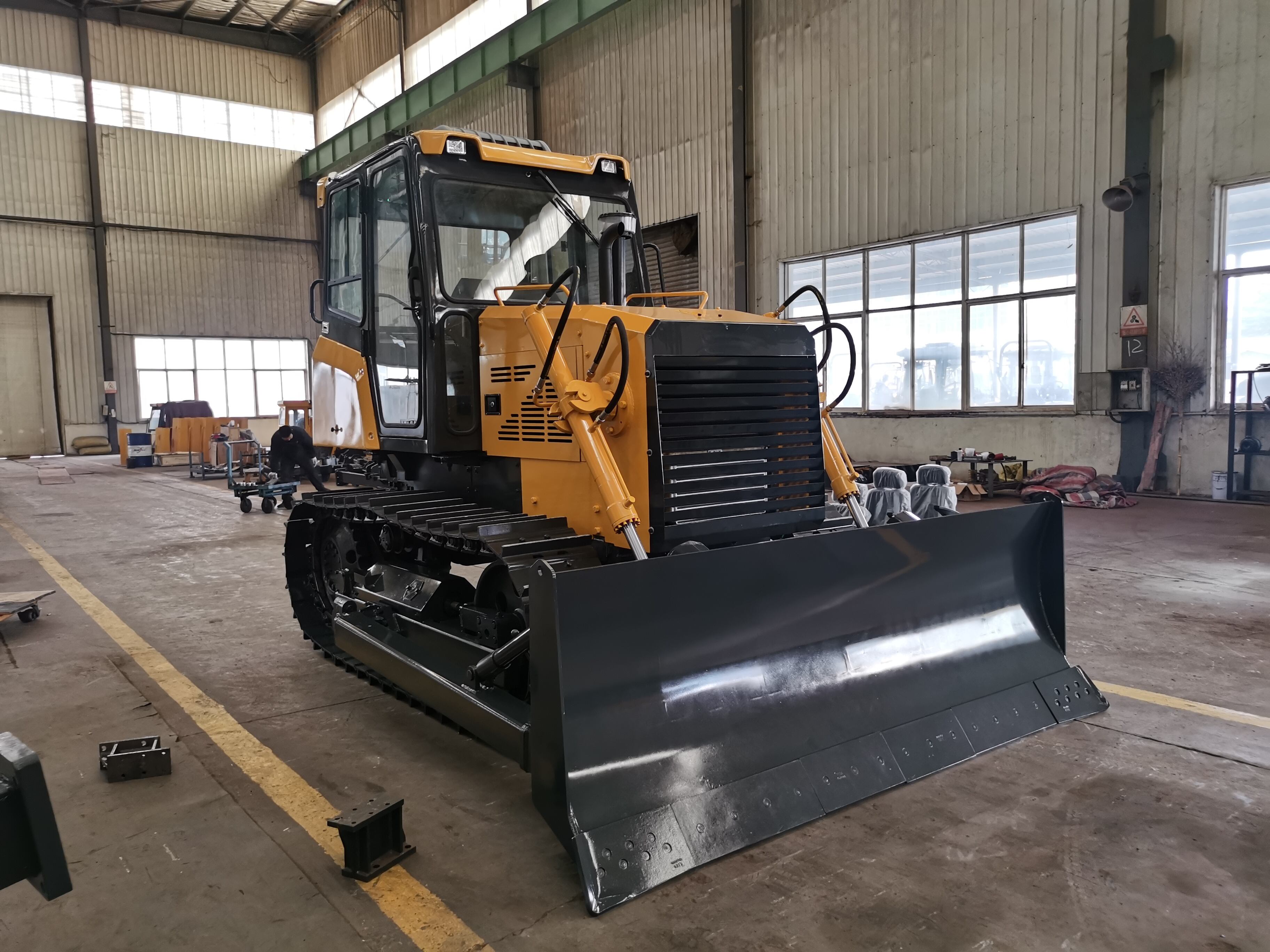
Financial Considerations for Buyers
Leasing vs Outright Purchase Comparison
Leasing bulldozers can be an advantageous choice for businesses that require equipment for short-term projects. Leasing offers flexibility by avoiding large upfront costs, while providing tax benefits tied to depreciation for long-term projects. Choosing between leasing and outright purchase should consider ownership benefits and financial implications over time.
Depreciation Rates Across Major Brands
Depreciation rates for bulldozers tend to vary, with an average annual decrease of 5% to 10% of the machine’s value. Choosing brands that exhibit slower depreciation ensures higher future returns on investment, making it an important factor to consider during financial planning.
Tax Implications and Write-off Opportunities
Tax benefits, including potential write-offs related to equipment ownership, can significantly reduce the overall cost of owning a bulldozer. Buyers should consult with tax specialists to explore opportunities for leveraging tax advantages related to bulldozer costs.
Operational Strategies for Cost-Efficiency
Fuel Consumption Rates by Machine Size
Understanding fuel consumption rates by machine size is essential for calculating accurate operational costs. Small adjustments to optimize fuel efficiency can lead to substantial annual cost savings, making it a critical aspect of project budgeting and planning.
Hourly Operating Costs Components
Accurate calculation of hourly operating costs — including fuel, labor, maintenance, and depreciation — helps ensure effective budget management for bulldozer operations. Understanding these components is crucial for efficient project execution and cost containment.
Labor Considerations for Efficiency
Investing in skilled operators enhances operational efficiency, reducing costs and improving project outcomes over time. Labor costs vary by region and experience level, significantly impacting overall project financials.
Cost-Benefit Analysis of Technology Integration
Incorporating advanced technologies like GPS and automation into bulldozer operations can enhance both precision and cost efficiency, offering significant productivity improvements. Conducting a cost-benefit analysis enables informed decisions about technological investments that optimize operational performance.
Conclusion
When it comes to figuring out what affects bulldozer prices, there are several things worth knowing before making a big buying decision. Size matters obviously, but so does the type of machine, what attachments come with it, and how it will actually be used day to day. Getting these details right helps ensure that whatever gets purchased works well in real world conditions without breaking the bank. Shanbo offers various models of powerful bulldozers across different price points. Contractors working on major construction sites need machines built to last through tough terrain while smaller operations might prioritize budget friendly options that still get the job done efficiently. Their inventory covers both ends of the spectrum and everything in between.
Recommended Products
 Hot News
Hot News
-
“Water Savior” 200 m Reverse Circulation Water Well Drills Arrive in Uzbekistan
2025-03-28
-
What Is a Bulldozer? Everything You Need to Know
2025-02-18
-
Skid Steer vs Bulldozer: Cost, Efficiency, and Versatility Compared
2025-11-13
-
Inside the Bulldozer Factory: How Modern Dozers Are Built from the Ground Up
2025-11-12
-
How to Operate a Spider Excavator Safely and Efficiently
2025-11-11
-
What Is an Excavator? A Beginner’s Guide to This Essential Construction Machine
2025-11-10
